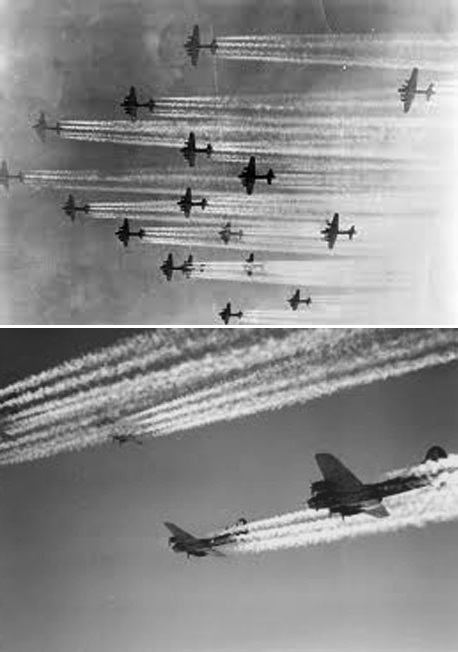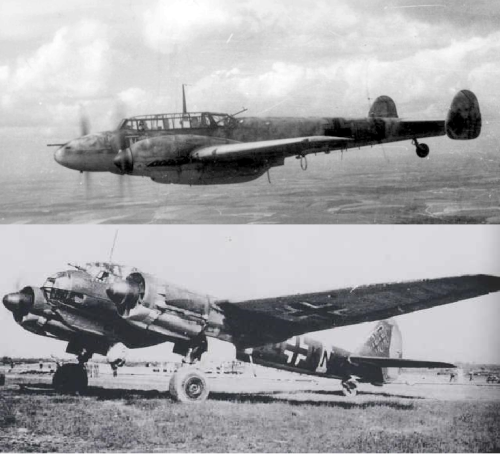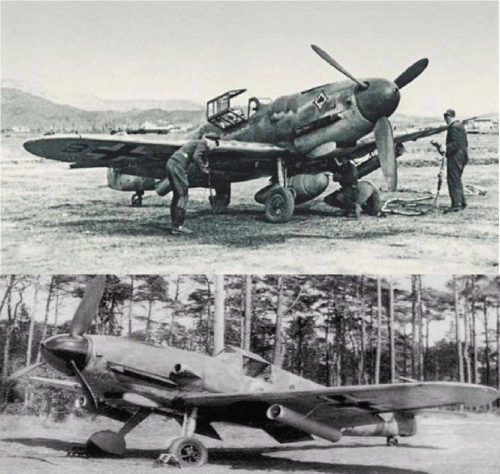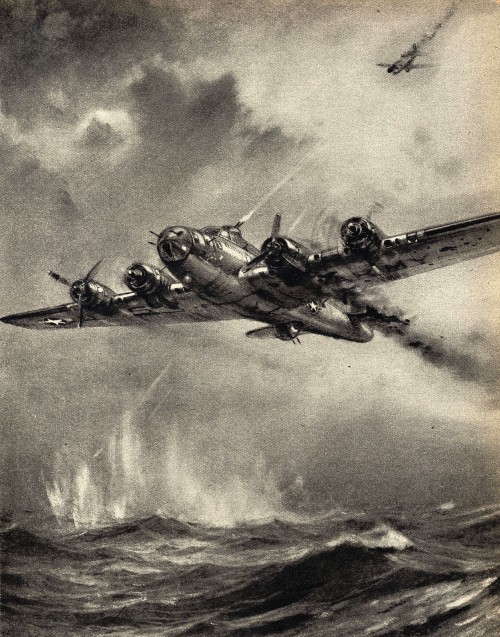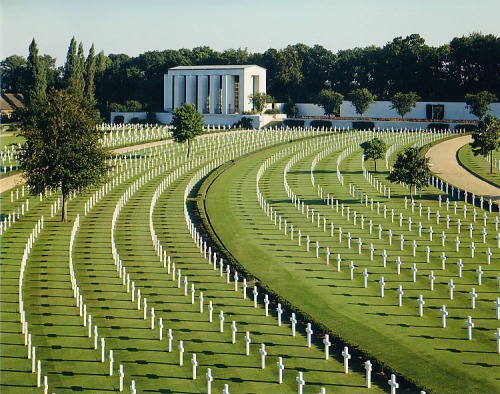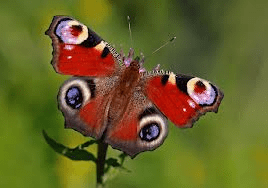For many, many, years, we have spent our summer holidays in Cornwall, in the very westernmost part, which is called Penwith, and where the major town is Penzance, the birthplace of the pioneer chemist, Humphry Davy. Ten miles or so to the north west of Penzance is the even smaller town of St Just. Just look for the orange arrow:
This slideshow requires JavaScript.
In the nineteenth century, there were any number of tin mines around the town, which is made up for the most part of stone buildings with slate roofs.
This slideshow requires JavaScript.
It has a beautiful ancient parish church with its centuries old frescoes of Christ and St.George.
This slideshow requires JavaScript.
There is also the old battleflag of an old Great War battleship.

Nearby is the medieval “Plen an Gwarry”, which is a small area of open grass, used for watching plays or sporting contests or perhaps just for relaxation.

As you relax, you might want to eat a pasty or a pie from Mcfaddens, who are often quoted as making the best Cornish pasties in the world. The day I took these photographs, they had sold out. Fortunately, they do mail-order, although the pasties will not always be piping hot.
This slideshow requires JavaScript.
St Just also hosts its popular Lafrowda Festival, a community and arts celebration that lasts for seven days.
There is the old bank, with its many changes of owner and cryptic lettering.

More subtly famous is the Wesleyan Methodist Chapel which was built in the first half of the nineteenth century. It is an enormous stone building, and I remember reading somewhere that, as vast numbers of impoverished Cornishmen were forced to emigrate overseas, given its position so close to the cliffs of Land’s End, this building was usually the very last thing that thousands of emigrants saw as they set off towards the mines of the USA, Canada, Australia or South America.
This slideshow requires JavaScript.
Some of the very best and most spectacular cliff scenery is at either Carn Gloose or the nearby Cape Cornwall. This is the Brisons, a pair of storm battered sea stacks.

It was here that a very, very lost Steller’s Sea-lion lived in the late 1980s and 1990s. It should have been living in Eastern Siberia or Western Alaska.
Every time that I have ever driven down Cape Cornwall Road to look at the cliffs or to watch the fierce ocean storms, I have always looked up at the old Methodist School on the left, to check that the conspicuous gap on the ridge of the roof is still there.
This slideshow requires JavaScript.
From a tourist leaflet that I read many years ago, I know very well that, during an air raid in the Second World War, this gap was caused by a German bomber in its last few seconds before it crashed into Chapel Road.

This year I decided to research the story more extensively, so I called in at the library in St Just, where the helpful staff tried very hard to check any references to this event in the books of their Local Collection. They were unfortunately unable to find anything but, not for the first time I suspect, they contacted long time St Just resident, John Harry, who came round to the library straightway to recount the full story. Mr Harry told me that the events had taken place in the autumn or winter of 1942.
As a little boy, he was always very excited indeed when the St Just air raid warning was sounded, and he always had to be dragged very reluctantly up to bed. In their home in Chapel Street, the family had a simple home-made air raid shelter downstairs in the kitchen. It consisted for the most part of a rather robust kitchen table which, in theory, should be able to withstand the majority of shocks which an air raid might cause. On most occasions, though, John’s aging grandmother would refuse to get inside it, but instead, ostrich like, would merely stick her head underneath.
This particular night, they could hear distant gunfire, which gradually grew louder and louder. Some kind of aerial dogfight was clearly taking place, as they could all hear the noise of aircraft engines, machine guns and a series of explosions. Granny kept shouting “We’ll all be killed! We’ll all be killed!”, but her daughter replied, “Be quiet! Don’t keep saying that! You’ll frighten the child!”.
“The child” himself thought that it was all extremely exciting, and was clapping his hands in sheer glee. Suddenly, there was a huge crash. John shouted, “We’re winning! we’re winning!”. Auntie went upstairs to see what was happening. She looked out of the bedroom window. Below her, she could see flames down in the street. “All of Chapel Street is on fire!”, she shouted, “All St Just is ablaze !”
The stricken bomber had destroyed two houses, but fortunately, nobody was injured. The first house was owned by an old lady, but she had gone away to her daughter’s for a two week holiday.
The other house was a second home for the newly married Mr and Mrs Vague. (sic) They did not normally bother to use their air raid shelter, but on this particular evening, their cat had kept making a huge fuss, walking repeatedly backwards and forwards from the bedroom to the shelter. In an effort to keep the cat quiet therefore, the two of them finally moved down to the air raid shelter. From this place of safety, they were able to feel their house shaking as if it were an earthquake.
When it was safe to do so, both Mr and Mrs ran to the emergency shelter in the St Just Town Hall. All they possessed at this moment were their night clothes. In later years, though, of course, Mr and Mrs Vague would dine out regularly on the fact that they had had their lives saved by the cat.
The next morning, more than half the town was cordoned off by the Home Guard. Hundreds of windows had been blown out by the explosions. On the Methodist School (look for the orange arrow), huge numbers of tiles had been knocked off.

Fragments of the crashed plane were everywhere. In the nearby village of Kelynack, some mile and a half away, (see the previous map after Paragraph One), one member of the German crew had landed by parachute. He had a broken leg, and, a forlorn figure, he was duly arrested by Mr.Matthews, the owner of a small local farm. The rest of the crew, three men, sadly, were all killed.
In a house in Cape Cornwall Street, a woman stepped forward in the darkness to open the bedroom curtains. She tripped over a German’s dead body, which had been blown in through the window. A few days later, in another house in the town, a frightened woman was to find a German’s leg on the top of her wardrobe.
And for a very long time afterwards, John Harry was too frightened to leave his mothers’ side.
Even now, though, at nearly eighty years of age, John was still unaware of where the three dead Germans were buried. And seventy years ago, his mother had been equally unable to ascertain their final resting place. Equally unsuccessful was her friend, who was actually a member of the local Home Guard. Indeed, at the time, everybody in St Just was curious about where the dead Germans were. They kept asking the Home Guard, who always replied with the same “Dunno”. It was thought, however, that some of them did know, but they were just not saying.
My own researches have been equally unsuccessful. I was unable to find the Germans’ last resting place either in the cemetery at St Just, or in the war graves section of Penzance Cemetery. Subsequent inquiries, however, reveal that most German war dead at this time were taken to the German Cemetery on Cannock Chase, and that after the end of hostilities, many of them were then re-interred in Germany. Let’s hope so. It is certainly a very long way from the frequently wet, windy and misty West Penwith to whatever churchyard in Germany where they rightfully belong.
The two destroyed houses were never rebuilt. Instead they were replaced by a row of garages. When the foundations for these buildings were being dug, the workmen found Mr.Vague’s gold watch.

Amazingly, this was not the only air raid on tiny St Just. On another occasion, the Luftwaffe bombed Holman’s Foundry, which produced munitions for the Allied Forces, down in the Tregeseal Valley. Ironically, Mrs Holman had herself been born in Germany. She had originally come over to England around 1900 as a governess, and then married into a local family.
This particular bombing attack was actually mentioned in one of his broadcasts by Lord Haw Haw. He said, in very sinister and threatening fashion, “Don’t think we have forgotten you, St Just. You have not been forgotten.”

The foundry’s owner, Ken Olds, lived in a house right next to the foundry. At the height of the bombing raid, when the grandparents went to look for the baby, they found that he was no longer in the bedroom. In actual fact, he had been blown out of the window, and they found him in the front garden. He was still in his cot, fast asleep and completely unharmed. Nearby houses had lots of cracks caused by the explosion of the bombs. In later years, this seems to have led to large scale subsidence, and all of the houses eventually had to be demolished. So too the foundry itself had to come down, and it was replaced by a housing estate.
I was genuinely surprised that after seventy years that it was still possible to talk to an eyewitness of all these amazing events. I will never forget my afternoon spent in the company of John Harry. He is a most charming man, and an amazing source of knowledge of the St Just area, the people who have lived there, and the people who live there still.
Subsequent, subsequent, subsequent researches on the Internet have now revealed the excellent website of Shauney Strick whose hobby is “The History of World War 2 in Penwith, Cornwall:Uncovering the evidence with a metal detector”.
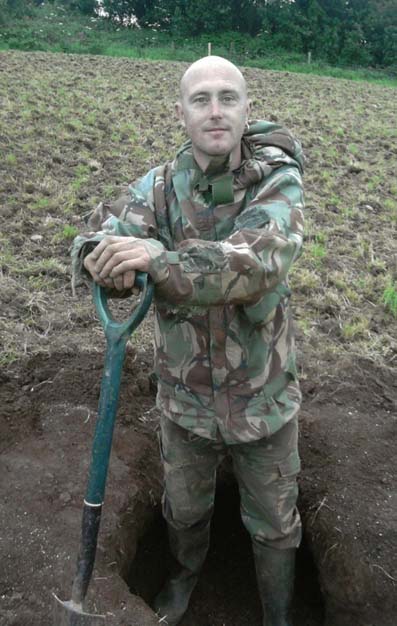
With his metal detector, Mr.Strick recently uncovered several small parts of a Luftwaffe aircraft buried in West Place, St.Just. (see street map above). The various objects of wreckage were from a Dornier Do. 217E, aircraft U5+1H of 1Staffel KG 2, which had crashed on September 27th 1942 as it made its way towards Penzance, after being pursued and shot down by a Bristol Beaufighter Mark IF of 406 Squadron from RAF Predannick. The Beaufighter was flown by Squadron Leader Denis Chetwynd Furse with Pilot Officer John Haddon Downes as his radio operator.

One additional detail was that one of the diesel engines from the stricken bomber flew an enormous distance before smashing through three garden walls in West Place.
As I mentioned above, my search for the final resting place of the Luftwaffe bomber’s crew led me to Penzance Cemetery, where, although I did not have any success with the Dornier, I did find that the World War II graves there had some very interesting, and very, very sad tales to tell. But that, as they say, is for another time.






![house-of-lords4[1]](https://johnknifton.com/wp-content/uploads/2016/05/house-of-lords41.jpg?w=500)














